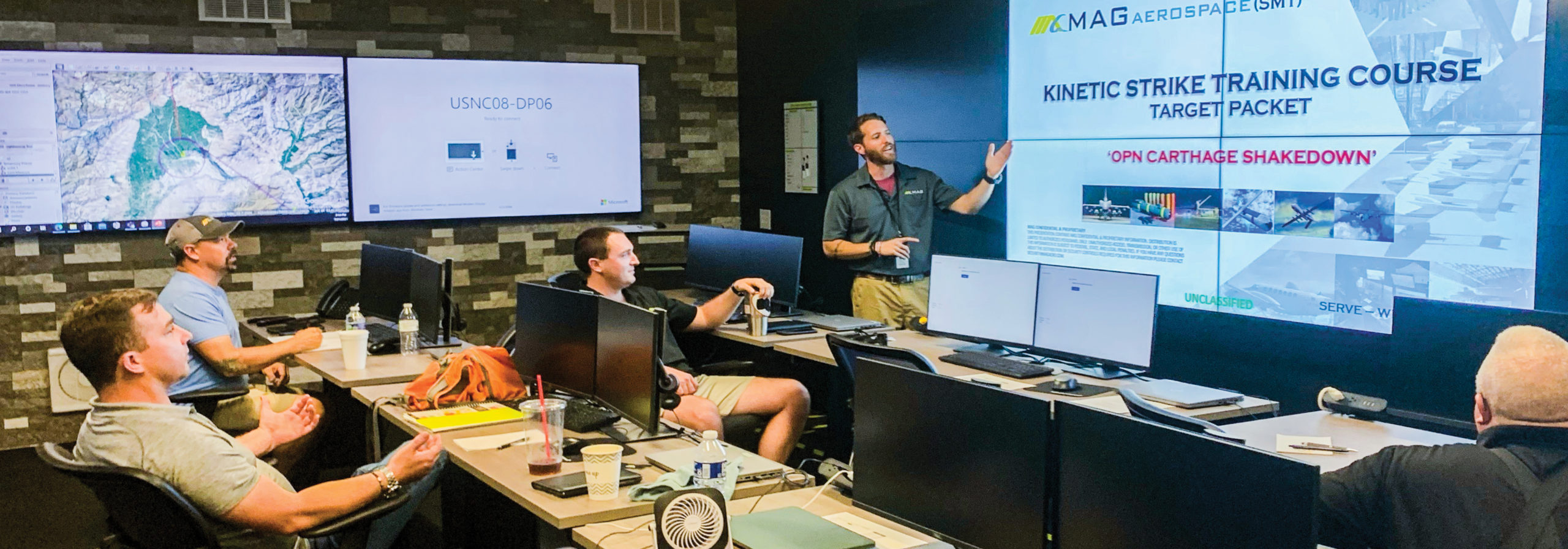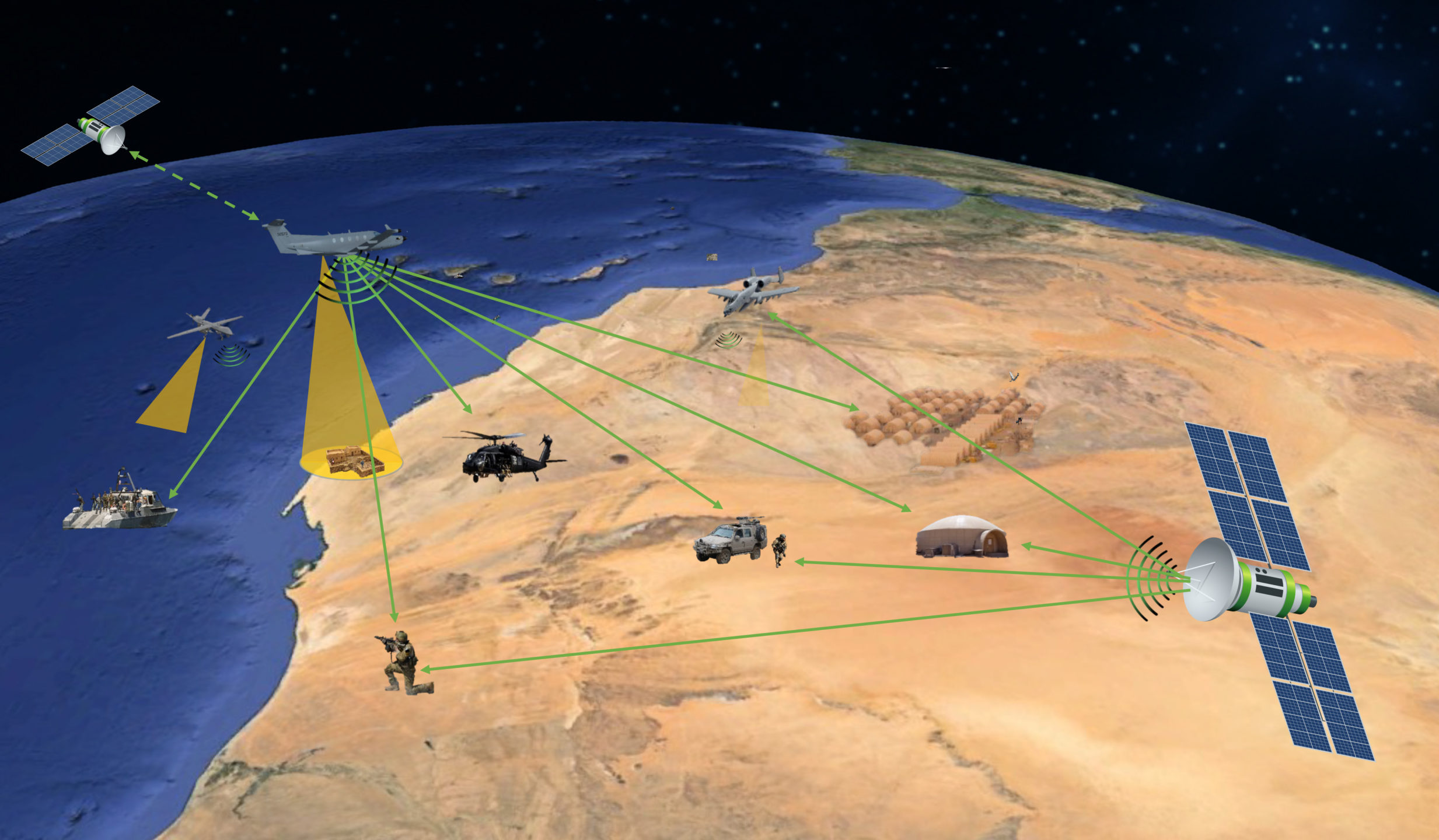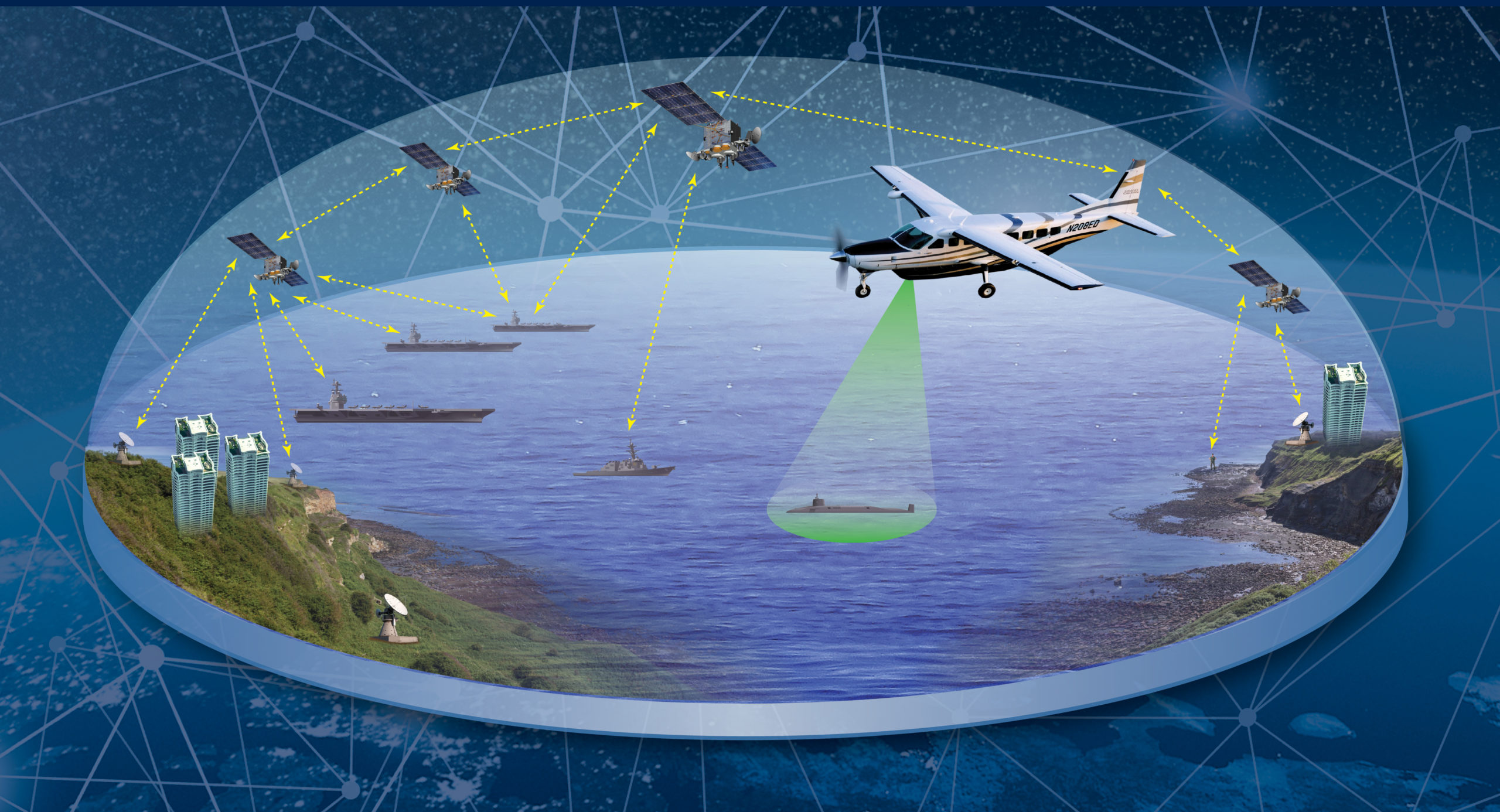Signals Intelligence, commonly known as SIGINT, is a type of intelligence-gathering involving the interception and collection of information from various electronic signals. It is an essential tool used by many organizations, most notably the military, to better understand their opponents’ activities and intentions.
The National Security Agency (NSA) is the primary SIGINT organization responsible for collecting and analyzing signals to uncover intelligence. However, other organizations have their own SIGINT capabilities, such as the CIA’s Directorate of Digital Innovation and the FBI’s National Security Branch.
Information gathered using SIGINT aids in quicker, more effective decision-making when identifying possible threats. Although SIGINT is not new, how it is gathered has exponentially changed since its inception.
What Is Signals Intelligence (SIGINT)?
Signals Intelligence is the name given to the collection of signals and communication-related information that is used to gain insight into the workings of an adversary or target. SIGINT uses various methods, such as:
- Listening to radio waves
- Monitoring satellite communications
- Decoding encrypted messages
- Intercepting telephone conversations
- Analyzing open-source data
To obtain this kind of information, intelligence agencies may employ electronic means, including satellites, aircraft with special equipment, bugging devices, and interception of fiber optic cables. All data collected through SIGINT can be used for counterintelligence purposes by determining the capabilities and intentions of a foreign power or other adversaries.
History of SIGINT
SIGINT began in the early 1900s when innovators first developed ways to send encoded messages for secure communication. Its use gained traction during World War I and II, as governments invested heavily in intelligence-gathering capabilities.
In the post-war period, technological advances enabled further development, culminating in powerful infrastructure and systems many countries use worldwide. During the Cold War, the United States and Russia put a lot of resources into creating complex methods for collecting signals intelligence. Nowadays, most nations have some type of SIGINT capabilities that are used for various purposes, such as military operations, national security, and international politics.
Types of SIGINT
Signals Intelligence can be broken down into three types:
- Communications Intelligence (COMINT)
- Electronic Intelligence (ELINT)
- Foreign Instrumentation Signals Intelligence (FISINT)
They can all work in combination or as individual entities. Let’s explore them a little further.
1. Communications Intelligence (COMINT)
COMINT, or Communications Intelligence, is an intelligence-gathering activity that focuses on intercepting and analyzing communications between people or groups to gain insight into the activities of foreign powers and other adversaries. Collection techniques include:
- Conducting surveillance of wireless transmissions
- Decoding encrypted messages
- Monitoring telephone conversations
- Open-source data
By intercepting communications through COMINT, intelligence agencies can gain access to valuable information that can help them in their mission.
2. Electronic Intelligence (ELINT)
Another subset of SIGINT is called Electronic Intelligence or ELINT. This type of signals intelligence gathering focuses on collecting and analyzing non-communication emissions from various electronic systems.
This includes varying forms of radar, radio frequency receiver systems, telemetry devices, sensors, and satellite beacon systems.
3. Foreign Instrumentation Signals Intelligence (FISINT)
FISINT, or Foreign Instrumentation Signals Intelligence, is an intelligence-gathering discipline that focuses on collecting and analyzing data from foreign sources. FISINT primarily uses non-communications signals and can include:
- Radar mapping
- Tracking of air and sea vessels
- Satellite imagery analysis
- Nuclear detection
- Missile guidance system exploitation
FISINT also plays a vital role in SIGINT by providing additional information to strengthen corroborating evidence, which can be used in electronic surveillance operations.
Military Importance of Signals Intelligence
This intelligence use by military personnel plays a crucial role in providing a better understanding of their adversary’s plans and capabilities. SIGINT is often combined with other forms of intelligence, such as HUMINT (Human Intelligence) which gathers information from human sources.
The primary purpose of SIGINT is to collect tactical information that the military can use against its adversaries before they can act. It also helps the military analyze incoming data quickly to make decisions more efficiently. This can be especially important in times of war, where every second counts.
SIGINT has changed drastically over the years thanks to technological advancements that have allowed for more sophisticated methods of gathering information. It now includes things like electronic warfare, counter-surveillance, and cyber operations that are all being used by modern militaries for their own purposes.
SIGINT has become an invaluable tool for militaries worldwide, giving them a much greater opportunity to stay ahead of their enemies and anticipate potential threats before they become a reality.
It’s no secret that SIGINT is a powerful tool that can be used to gain an advantage over adversaries. It has become increasingly important in modern warfare and is now being used for more sophisticated operations such as electronic warfare, counter-surveillance, and cyber operations.
With the help of SIGINT, militaries worldwide have access to valuable information about their enemies, which helps them make better decisions faster. As technology continues to advance, so does the use of SIGINT in military operations, and it will remain an invaluable asset for years to come.
Discover the Benefits of MAG Training Facilities
At our Intelligence, surveillance, Reconnaissance Training Facility (ISRTC) in Moore County, North Carolina, MAG plays a major role integral to today’s mission in developing and deploying SIGINT technologies. We achieve this by identifying resources that offer new collection methods and integrate them into our existing systems. By doing so, we can provide our partners and customers with the best possible capabilities.
At MAG, we draw upon our extensive knowledge base to offer training and support to our partners and customers, empowering them to use SIGINT technology effectively and achieve their mission goals. To ensure that we remain at the forefront of our field, we stay up-to-date with the latest technological advancements and strive to understand the needs of our partners and customers, demonstrating our unwavering commitment to the mission.
 On the Sensor Technology Operations and Readiness Maintenance (STORM) program, MAG plays a vital role in the evolution of the Army’s ISR fleet, to include spearheading projects that develop, integrate, test, and field airborne SIGINT sensor systems. This includes legacy Army platforms, such as the currently fielded Guardrail and Enhanced Medium Altitude Reconnaissance and Surveillance System (EMARSS) variants, in addition to developmental prototypes for the Multi-Domain Sensing System (MDSS) program.
On the Sensor Technology Operations and Readiness Maintenance (STORM) program, MAG plays a vital role in the evolution of the Army’s ISR fleet, to include spearheading projects that develop, integrate, test, and field airborne SIGINT sensor systems. This includes legacy Army platforms, such as the currently fielded Guardrail and Enhanced Medium Altitude Reconnaissance and Surveillance System (EMARSS) variants, in addition to developmental prototypes for the Multi-Domain Sensing System (MDSS) program.
As a Prime on the STORM contract, based out of Aberdeen Providing Ground (APG), Maryland, MAG’s efforts span from enhancing or upgrading specific hardware and software sensor systems to developing new capabilities for application across the SIGINT community.
In today’s threat environment, there is an increased focus on the near-peer threats facing our nation. This shift in priorities has driven the Army and other service branches to pursue efforts aimed at optimizing SIGINT sensors within both airborne- and ground-based intelligence programs to combat emerging threats. This includes implementing new or enhanced SIGINT sensors capable of collecting on advanced communications and weapons systems.
Other efforts include enabling cooperative tasking, collection, and geolocation amongst airborne, space, and ground systems. These efforts will ensure platforms and sensors are more effective and resilient against a near-peer adversary in a degraded or contested environment and in the multi-domain operations (MDO) fight.
MAG’s holistic understanding of the current and emerging threat environment, and how to rapidly advance technology to meet those threats is unmatched. On the STORM program, MAG heads a large team of leading organizations in the SIGINT specialty, all working in collaboration to produce the most prolific SIGINT capabilities in support of our nation’s defense.
 With years of experience developing and deploying advanced systems that enable intelligence gathering and analysis, MAG is the perfect partner for any organization looking to lead the pack. Contact MAG today to learn how they can help you stay ahead of the curve with their cutting-edge technology and solutions that exceed expectations.
With years of experience developing and deploying advanced systems that enable intelligence gathering and analysis, MAG is the perfect partner for any organization looking to lead the pack. Contact MAG today to learn how they can help you stay ahead of the curve with their cutting-edge technology and solutions that exceed expectations.



